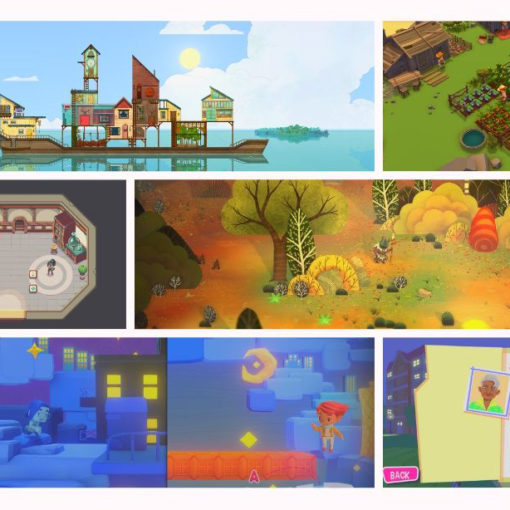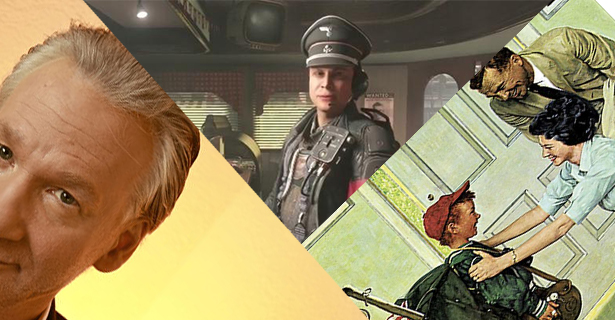This week, I’ve been reading through The Cult of LEGO, which has turned out to be one of the most comprehensive accounts of LEGO I’ve read to date. The authors included a lot of fun and not so fun tidbits about the history of LEGO. For example, I knew, of course, that male minifigs outnumbered female minifigs, but I didn’t know that as of 2011, the ratio of male minifigs to female minifigs was an eye-popping 18:1. I was also surprised to learn that people were already tinkering around with printing LEGO from 3d printers in 2011. The book includes a lot of discussion about why a large number of people return to this toy as adults, and the book gives a bit of attention to one of the things I find most compelling about LEGO: failure. As an aspiring LEGO amateur designer, I look at builds like Nathan Sawaya’s Yellow, one of my favorites, and know that probably I will never build anything quite that awesome. Sawaya used 11, 014 bricks to build Yellow, and those bricks can be expensive. Some designers get around the cost by using digital tools, such as LEGO Digital Designer (LDD) to create virtual builds. I myself have tried to work with LDD, and one time, I even used it as part of a project in my technical writing class, but LDD can be clunky and hard to use. LDD isn’t the only option, but so far it’s the only one I’ve tried.
 In contrast to trying to build original designs with either LEGO bricks or with LDD, LEGO video games are often far easier to navigate. After playing through my first LEGO game or two, I knew what to do: break all the things until I find the one that I can “build” into something to get me to the next cut scene. But, the games aren’t really challenging in any real sense. I’m still loving LEGO Jurassic World; the game is fun for me because it’s half game/half movie (Jurassic Park, but with LEGO and original voice acting!). The game doesn’t challenge me though. I do not find myself trying to work out solutions throughout the day, and as such, I’m less engaged in the game than I tend to be when building actual LEGO. Typically, I can only play a LEGO game for an hour or two before I start itching to drag out my physical bricks. I think this is because while LEGO games are cute, and I get to “build” things to solve problems, I’m not actually building or creating anything. And, frankly it’s hard to fail at those games.
In contrast to trying to build original designs with either LEGO bricks or with LDD, LEGO video games are often far easier to navigate. After playing through my first LEGO game or two, I knew what to do: break all the things until I find the one that I can “build” into something to get me to the next cut scene. But, the games aren’t really challenging in any real sense. I’m still loving LEGO Jurassic World; the game is fun for me because it’s half game/half movie (Jurassic Park, but with LEGO and original voice acting!). The game doesn’t challenge me though. I do not find myself trying to work out solutions throughout the day, and as such, I’m less engaged in the game than I tend to be when building actual LEGO. Typically, I can only play a LEGO game for an hour or two before I start itching to drag out my physical bricks. I think this is because while LEGO games are cute, and I get to “build” things to solve problems, I’m not actually building or creating anything. And, frankly it’s hard to fail at those games.
The new, early-access LEGO Worlds, however, looks to have the potential to provide a game that actually lets the player create and build. The game is still early in development, and I haven’t played it yet, mostly because some of the reviews warn that it might not even work if your PC isn’t up to par (and mine probably isn’t). But, I have watched others play, and it looks promising. For me, the most promising aspects are in-game builds and the integration of LDD builds. Currently, players can upload their LDD builds into the game, and provided the game supports the virtual bricks used in the build, the builds will show up in LEGO Worlds. Hopefully that feature will become more robust as new bricks are added in the game. The ability to move and share designs from LDD to LEGO Worlds seems to offer a way to integrate physical and virtual builds. If done correctly, I can see LEGO Worlds being a way for me to build and share while creating virtual models and instructions. Obviously, there is a lot of failure already built into this: the game isn’t finished; LDD is clunky; and creating and building a MOC (My own creation in LEGO terms) is challenging in and of itself.
But, that’s why I love LEGO. Failure is built in, and the challenge is what makes it worth it. When I try to design a MOC, it never goes smoothly. Either, I don’t have the right bricks, or I can’t find the right bricks, or I have no idea what brick I need to use. This results in redesigning (often over and over) and sometimes frustration, but it also results in my strategizing the build and letting it work itself out in my mind. It results in the “aha!” moment. The challenges and frustrations inherent in LEGO are, I think, one of the main reasons people return to them. It’s not just about play; The Cult of LEGO includes a section on Serious LEGO, and in the author’s discussion of using LEGO in autism therapy, they write, “Building LEGO models isn’t mere play; the building process has its challenges and problems to be conquered. Finishing the model gives the child the all-important payoff” (273). I think my students also felt this payoff as they worked through their challenges with LDD to complete a digital model and it’s instructions. For me, the failure often leads to a better outcome. The integration of LDD and LEGO Worlds might push me to get better at navigating and building in LDD, which will give me access to a larger variety of virtual bricks, and therefore more possibilities, and that makes LEGO Worlds potentially very exciting.




